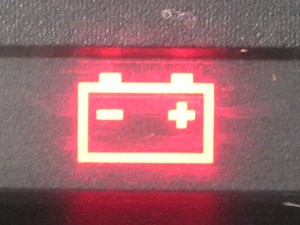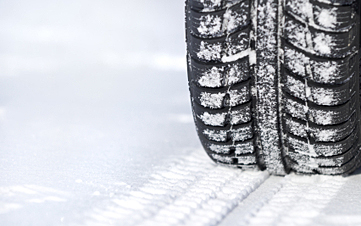
Tip 2: Check Your Battery
Car batteries last for about three to five years, so it’s best to keep track of how old yours is. If it’s time to get a new one, you can replace it in the fall when batteries typically go on sale. Winter months are tough on your engine and cause it to work harder, and this puts more pressure on the battery.
If your battery isn’t that old, it’s still good to take a look and make sure nothing’s wrong. Check the battery cables and clamps for fraying or corrosion. If there’s a white, powdery substance around the clamps, that’s corrosion from battery acid — you can clean it off easily with baking soda, water and a toothbrush. Your battery is also filled with fluid, so make sure it has enough inside. Most batteries have caps on top, and you can check the level by removing the caps. If it’s low, fill the holes with distilled water, being careful not to fill past the bottom of the cap.

